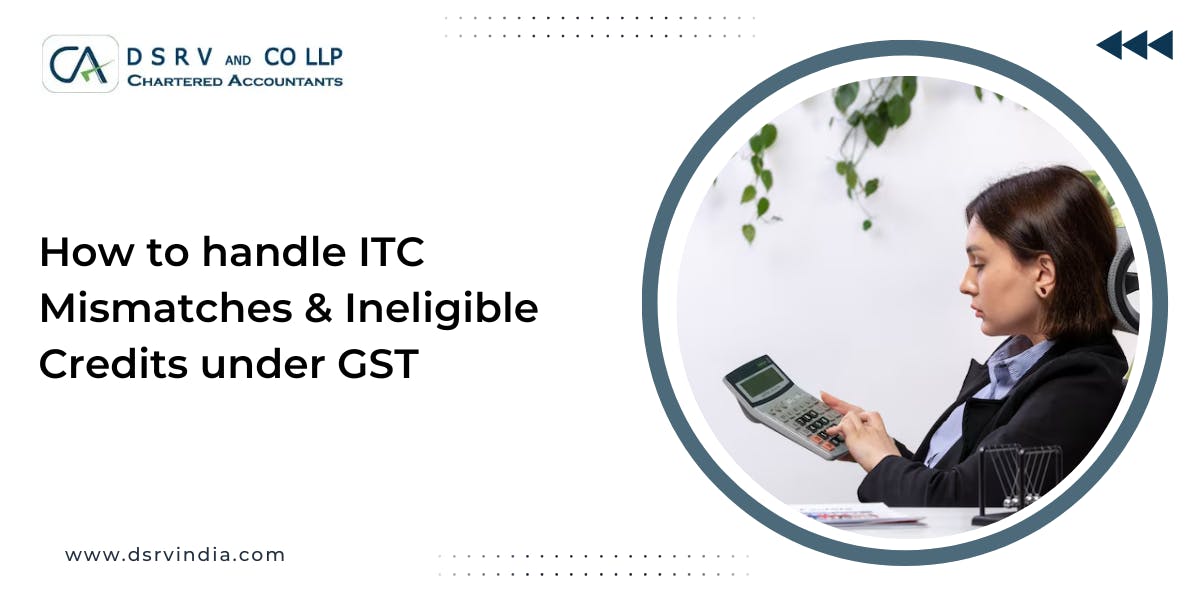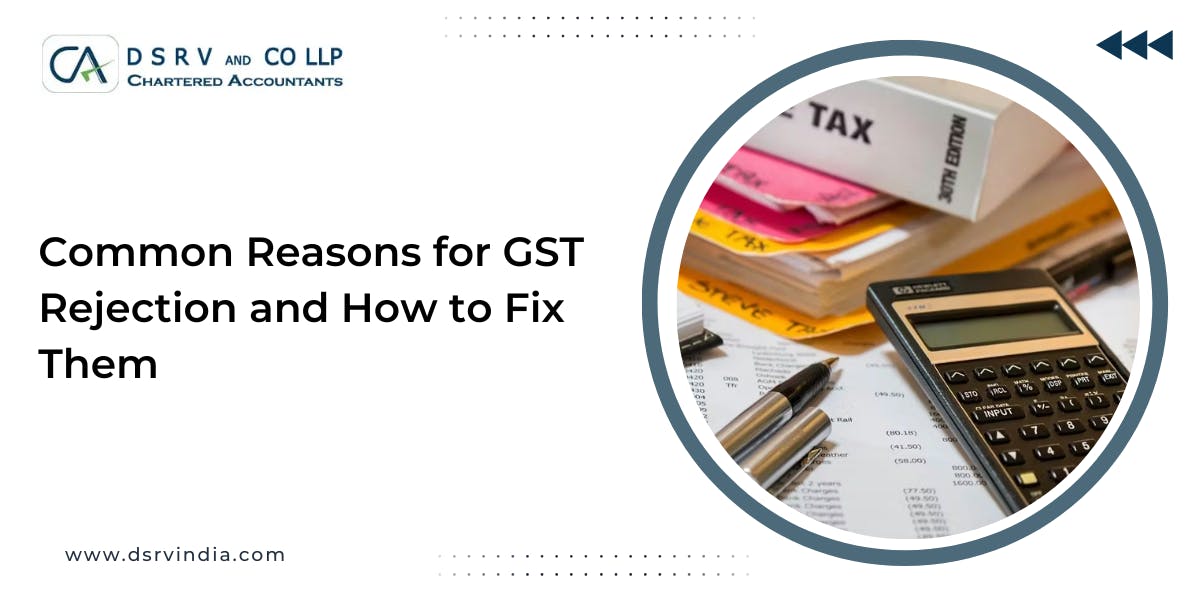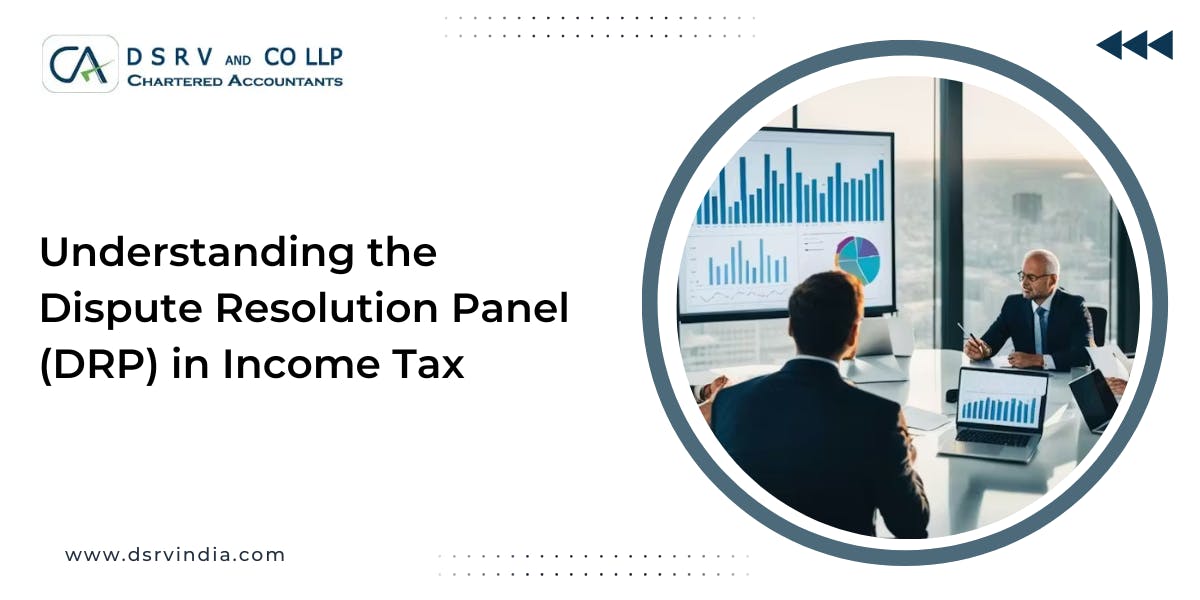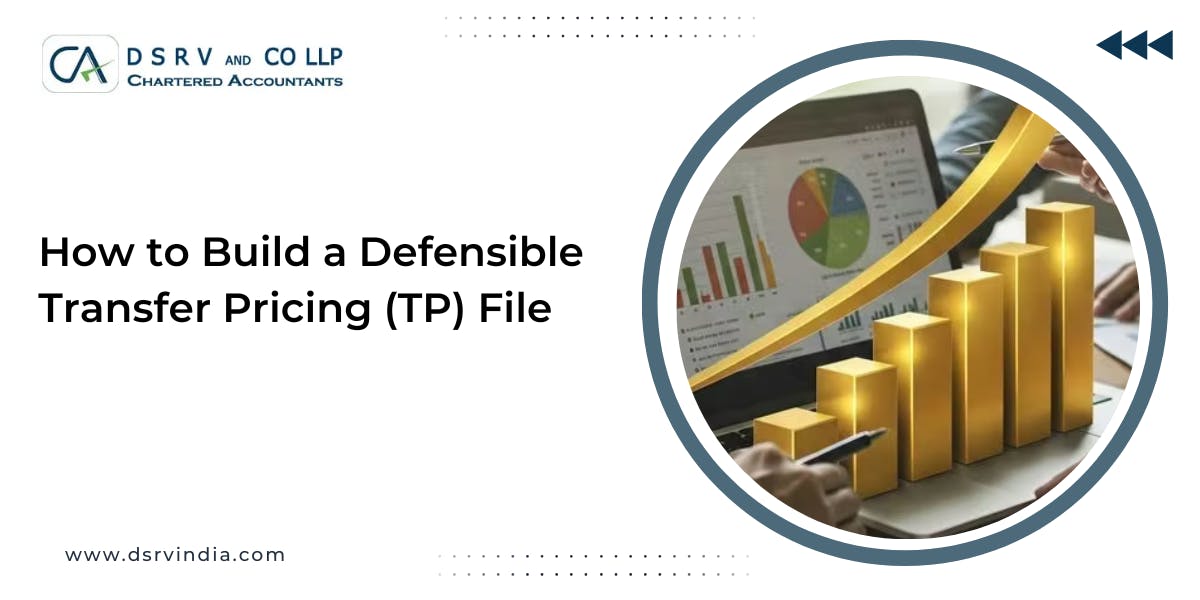ITC Mismatch in GST Returns – Reconciliation, Rule 88D, and Correction Strategies
This guide explains everything about ITC mismatch in GST, from why it happens to how to fix it. Learn how to reconcile GSTR-2B vs GSTR-3B, comply with Rule 88D, and avoid penalties under the Goods and Services Tax Act.









